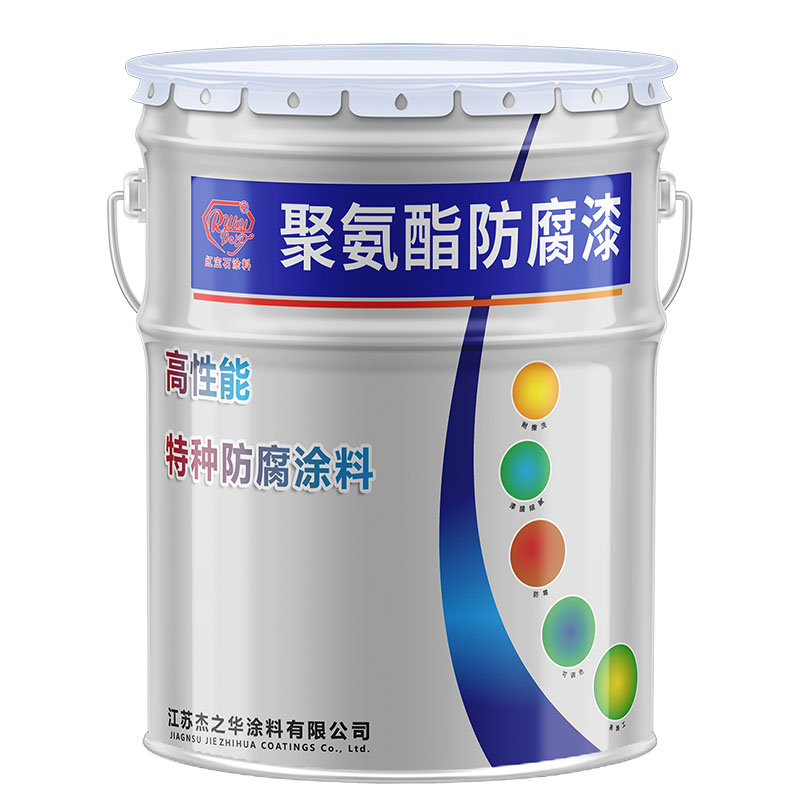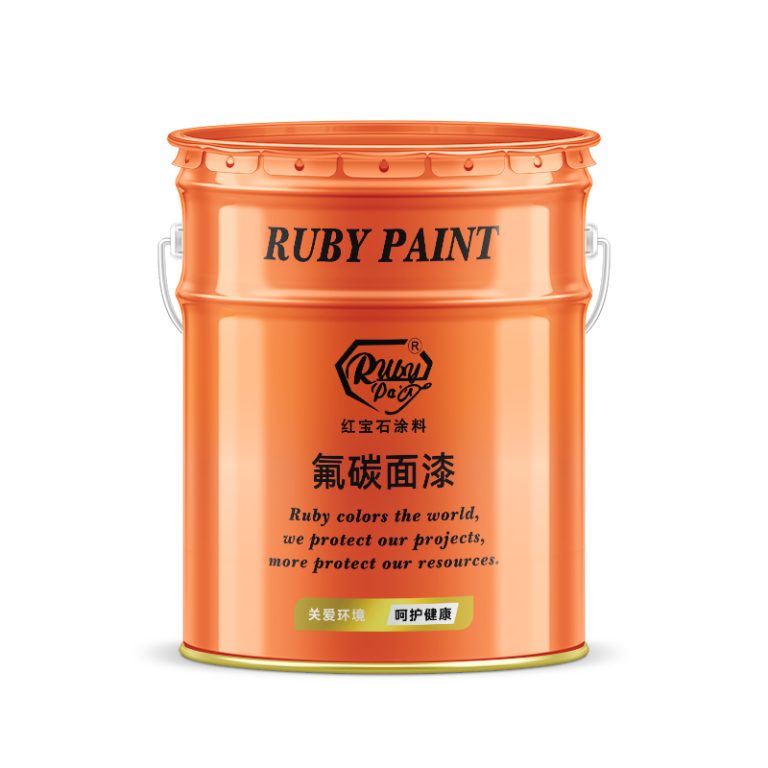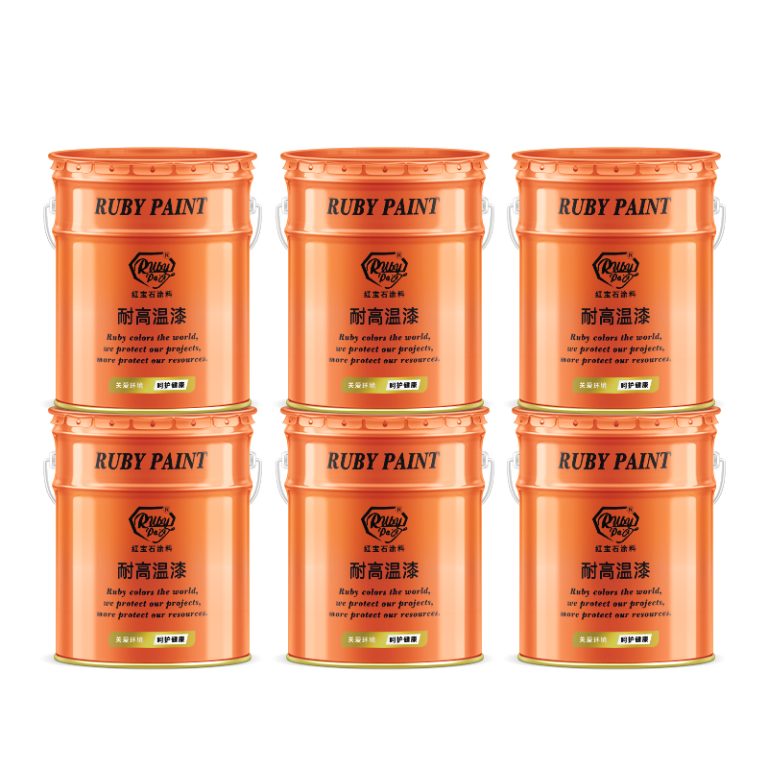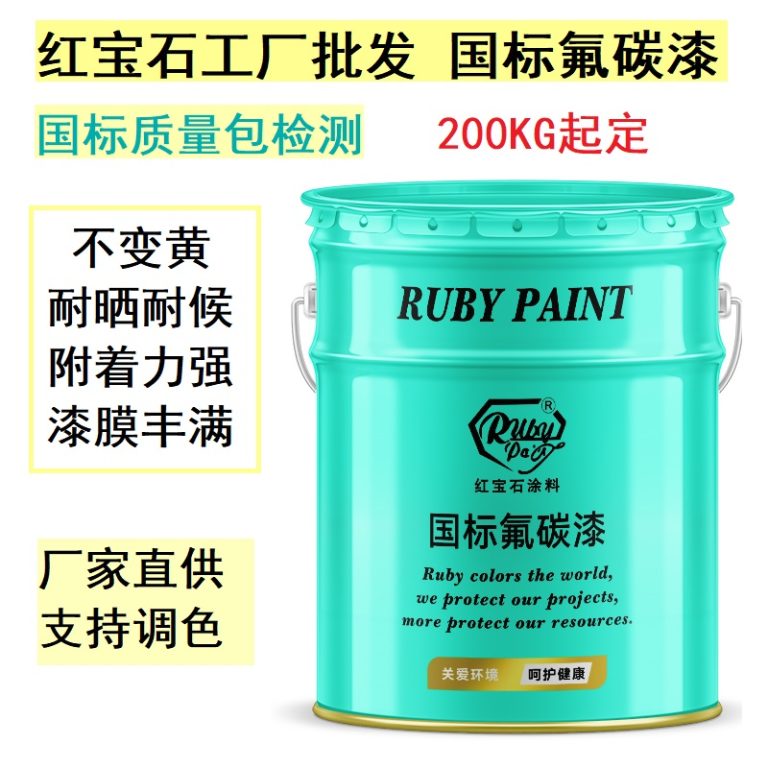Understanding the Dielectric Constant of Polyurethane Paint for Industrial Applications
Polyurethane paint is widely recognized for its durability and resistance to environmental factors, making it a popular choice in various industrial applications. However, one of its lesser-known properties is its dielectric constant, which is a measure of the material’s ability to store electrical energy in an electric field. Understanding the dielectric constant of polyurethane paint is crucial for industries that require insulation materials with specific electrical characteristics.
The dielectric constant, also known as relative permittivity, is a dimensionless number that compares the ability of a material to store electrical charge relative to vacuum. Materials with a high dielectric constant can store more charge at a given voltage, making them suitable for use as insulators in electrical and electronic applications. Polyurethane paint typically has a dielectric constant ranging from 3 to 7, depending on its formulation and the specific additives used.
www.youtube.com/watch?v=kCkCI75Qvv8This range makes polyurethane paint an attractive option for industries that require effective insulation without compromising on other physical properties such as flexibility, chemical resistance, and weatherability. For instance, in the automotive industry, polyurethane paint is often used to coat electrical components and wiring to protect them from moisture, chemicals, and mechanical stress, while also providing electrical insulation.
Moreover, the dielectric constant of polyurethane paint can be tailored to meet specific requirements by adjusting its formulation. Additives such as fillers, plasticizers, and other polymers can be incorporated to modify the dielectric properties. For example, adding ceramic fillers can increase the dielectric constant, enhancing the material’s ability to store electrical charge. This customization allows manufacturers to develop polyurethane coatings with optimized properties for specific applications.
| Serial Number | Article Name |
| 1 | Epoxy Zinc rich paint |
In addition to its customizable dielectric constant, polyurethane paint also exhibits excellent adhesion to a wide range of substrates, including metals, plastics, and ceramics. This property ensures that the coating remains intact and functional even under harsh conditions, further enhancing its suitability for industrial applications. The strong adhesion also helps in maintaining the integrity of the electrical insulation, preventing breakdowns and ensuring reliable performance over time.
Furthermore, the dielectric properties of polyurethane paint are stable across a wide range of temperatures and frequencies. This stability is particularly important in applications where the material is exposed to varying environmental conditions or where it is used in high-frequency electrical systems. The consistent dielectric behavior ensures that the material continues to perform its insulating function effectively, without significant variations that could compromise the safety or efficiency of the system.
| No. | Products |
| 1 | Industrial paint |
In conclusion, the dielectric constant of polyurethane paint is a critical factor that contributes to its effectiveness as an insulating material in various industrial applications. Its ability to store electrical charge, combined with its excellent physical properties and stability, makes it an ideal choice for applications requiring reliable electrical insulation. By understanding and leveraging the dielectric properties of polyurethane paint, industries can enhance the performance and safety of their electrical and electronic systems.





